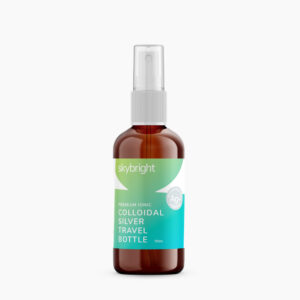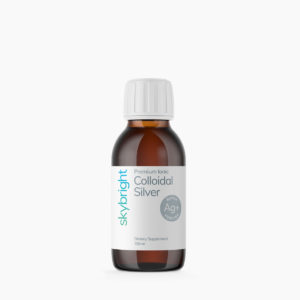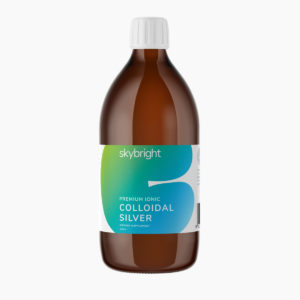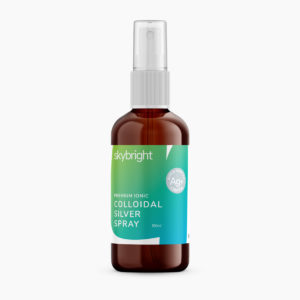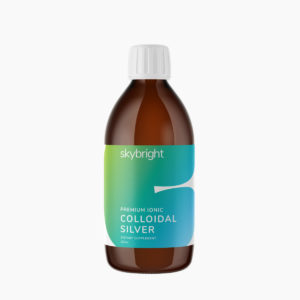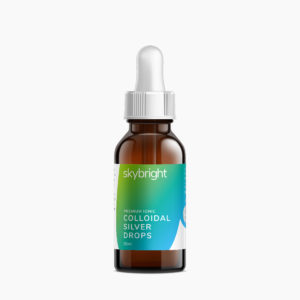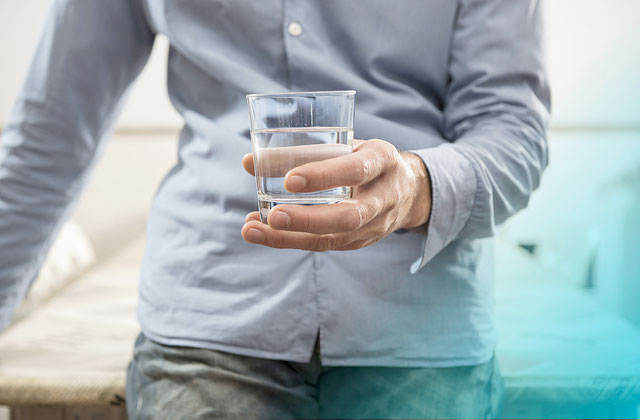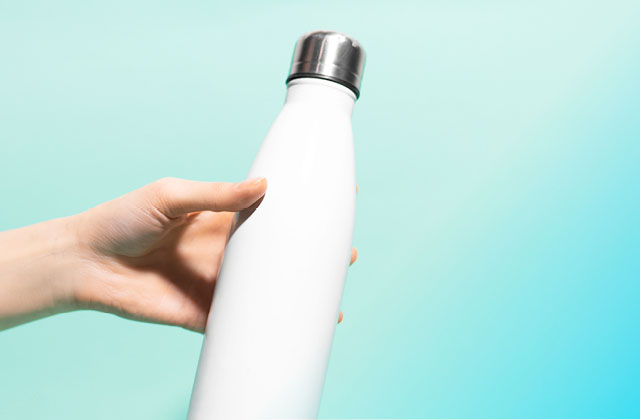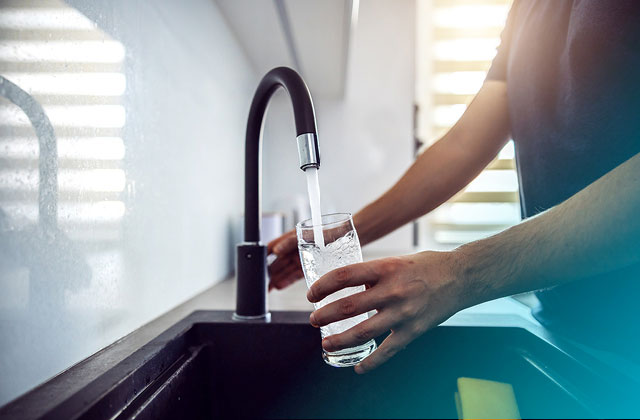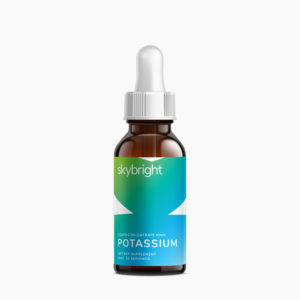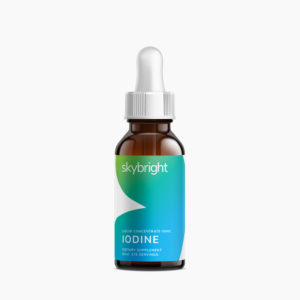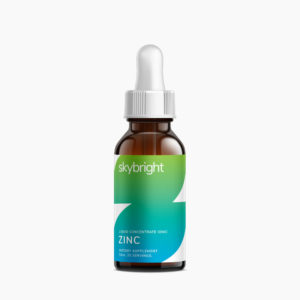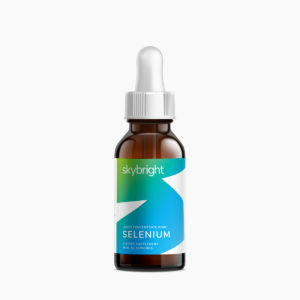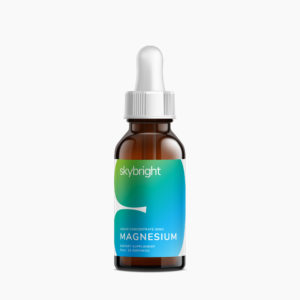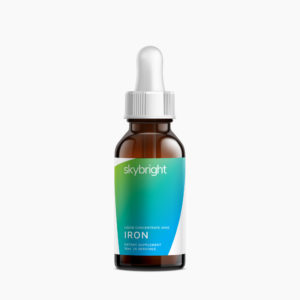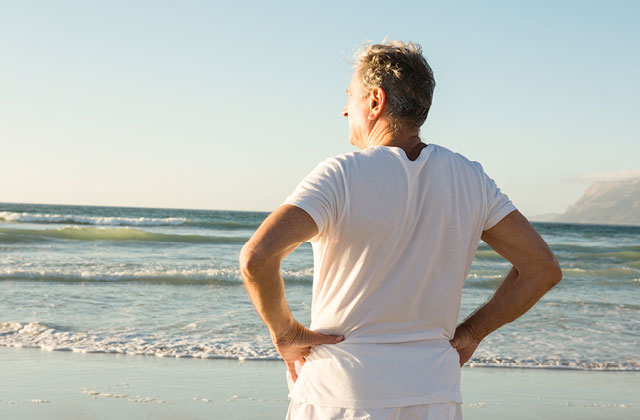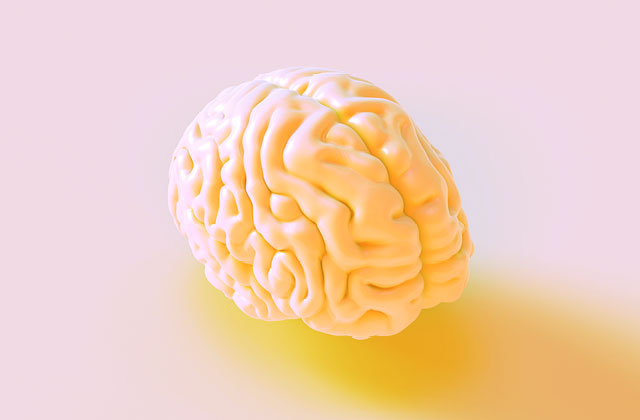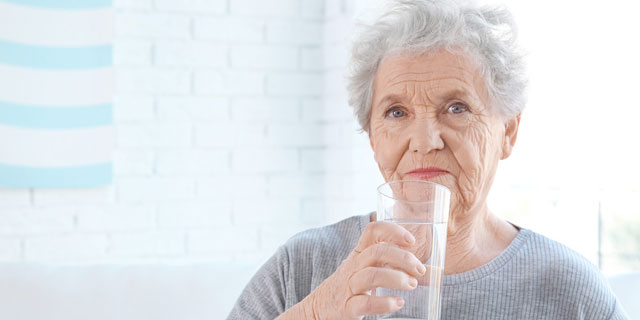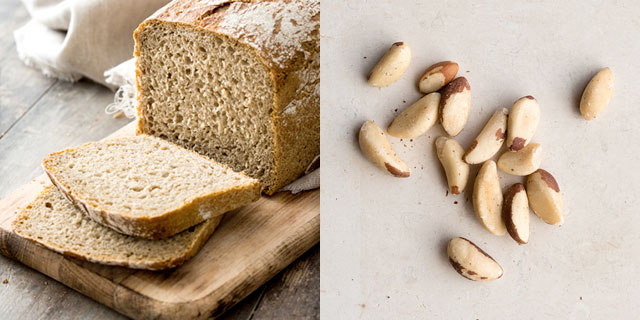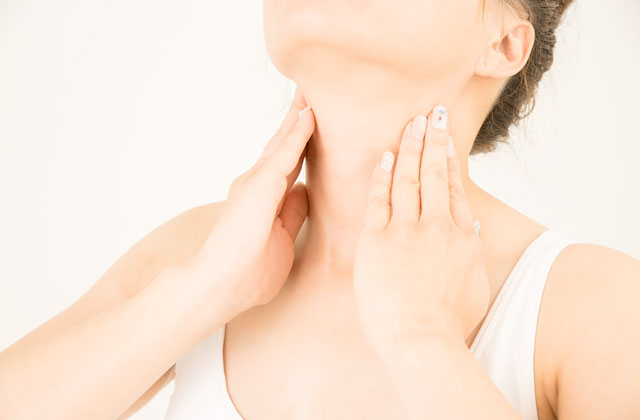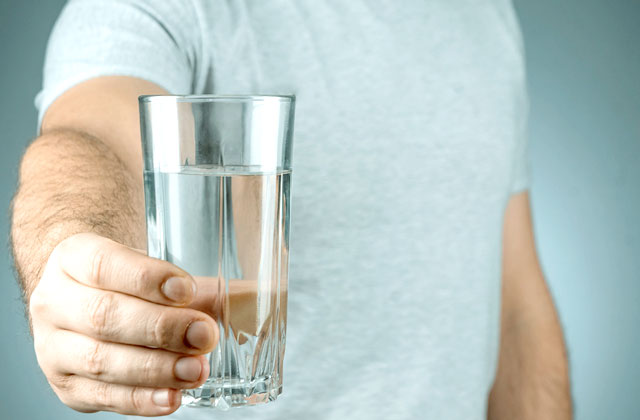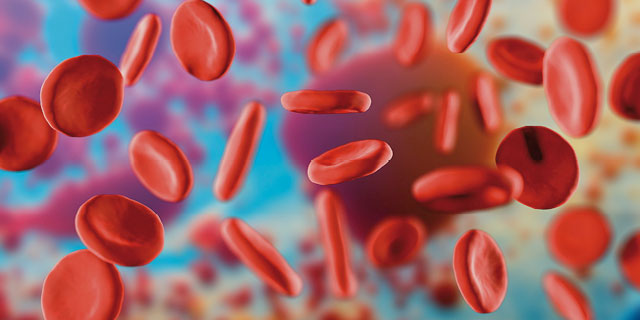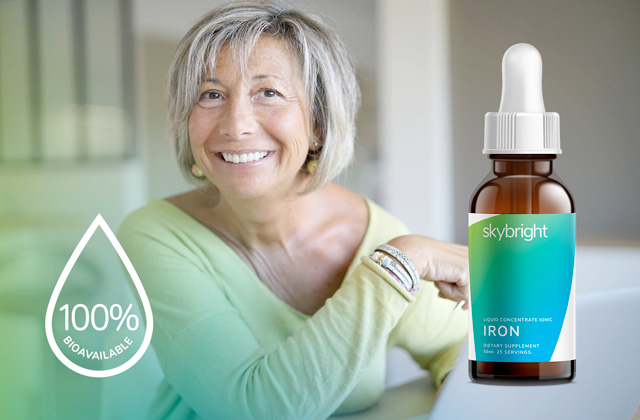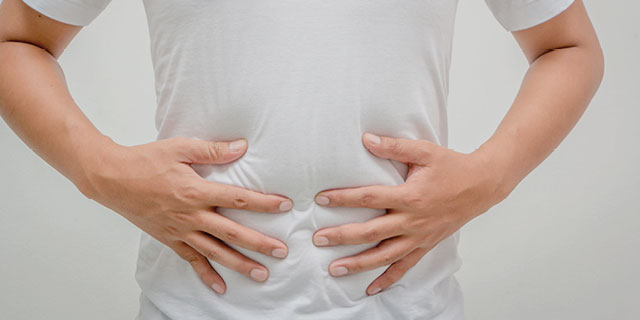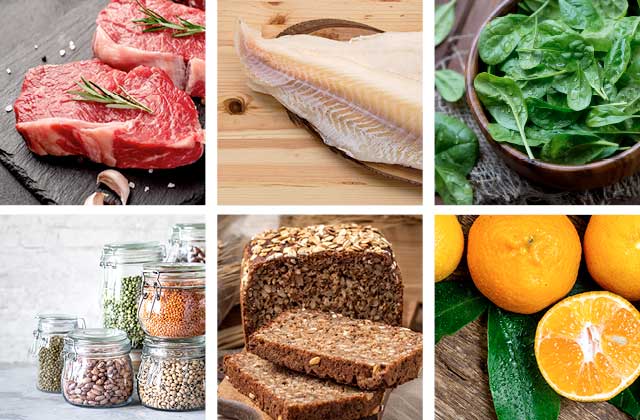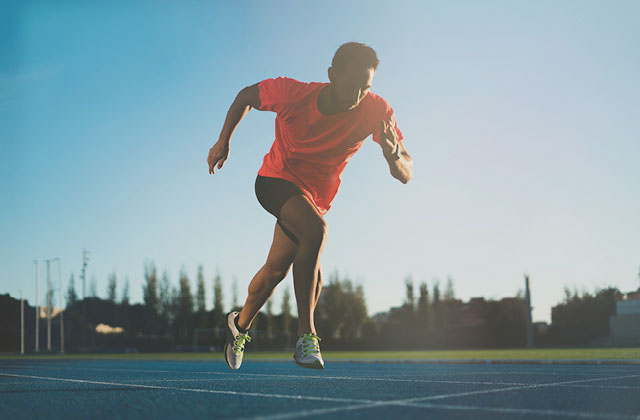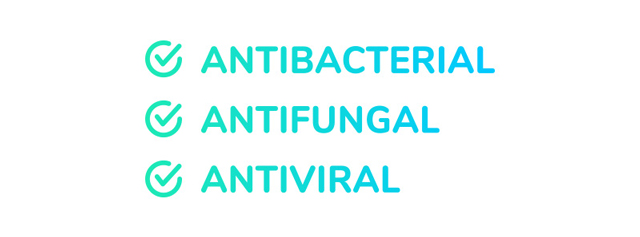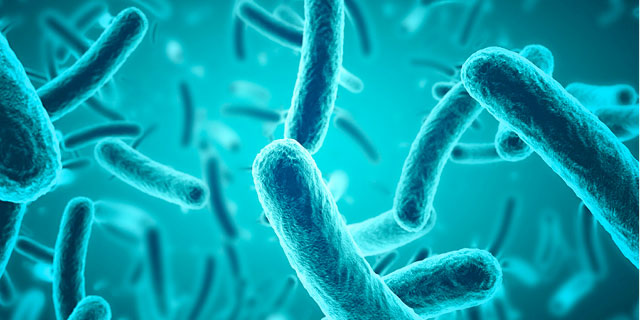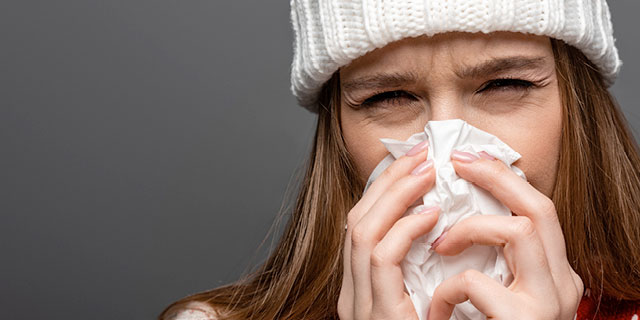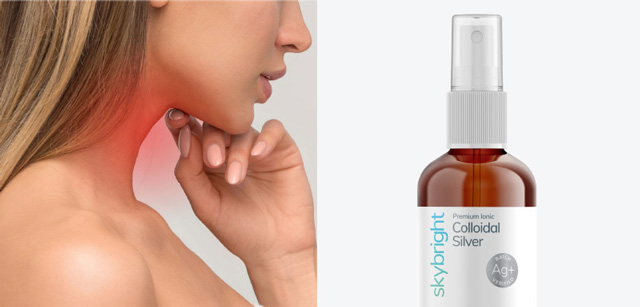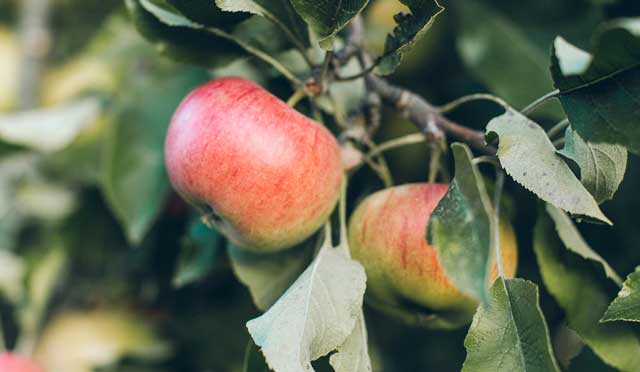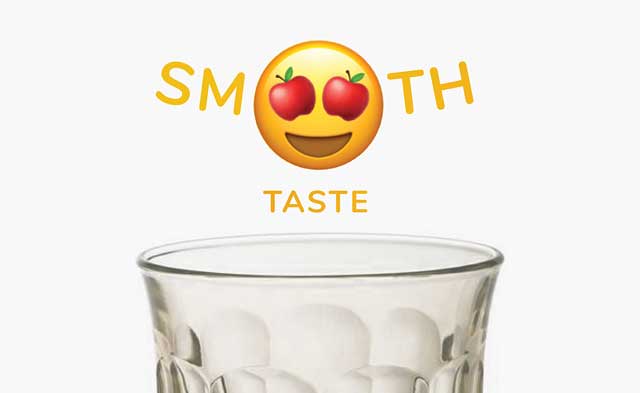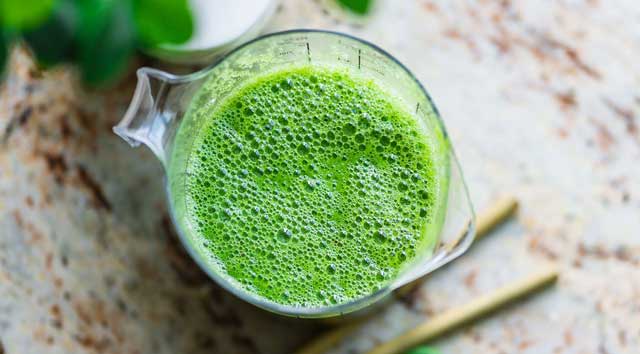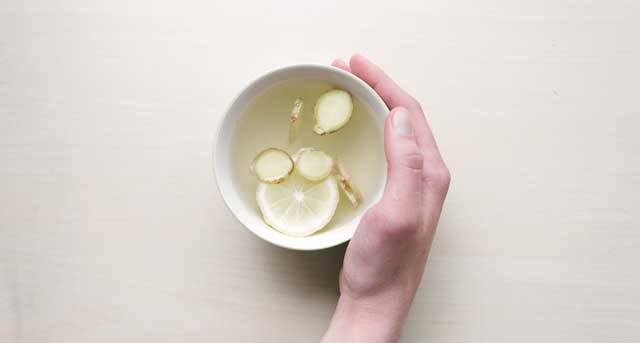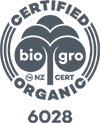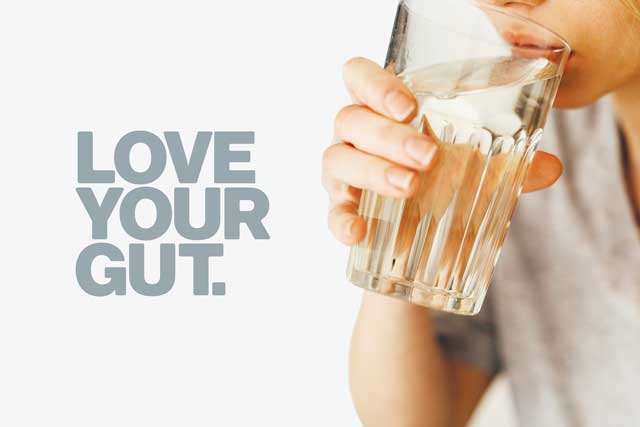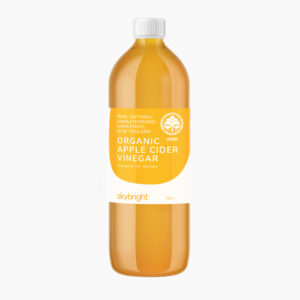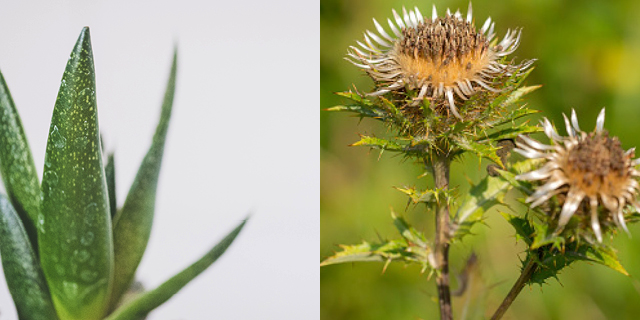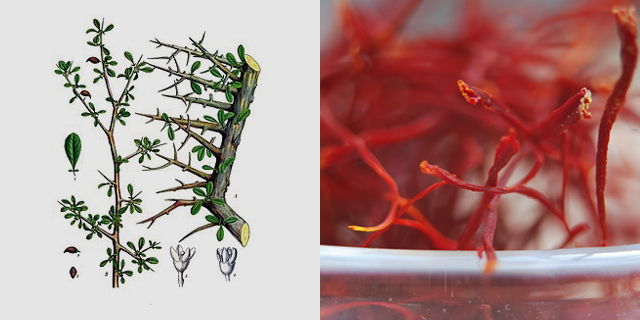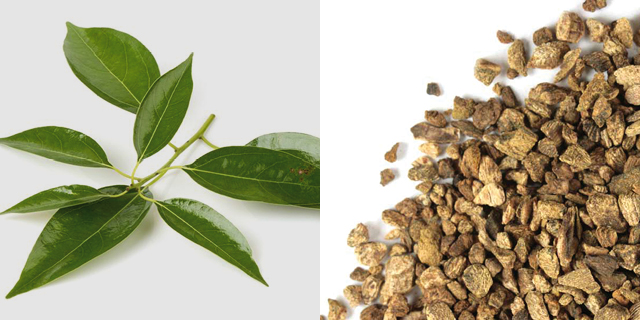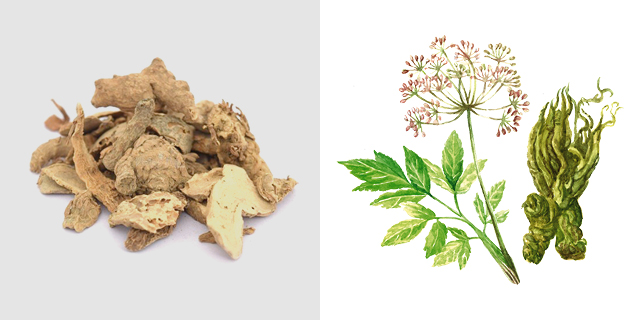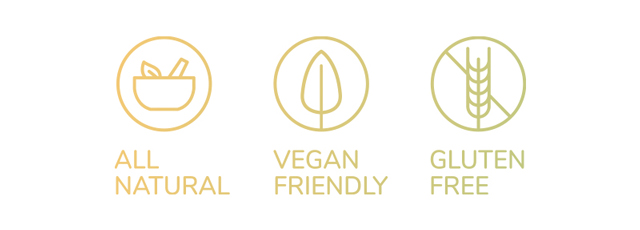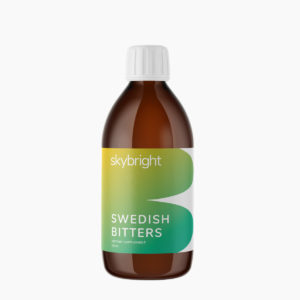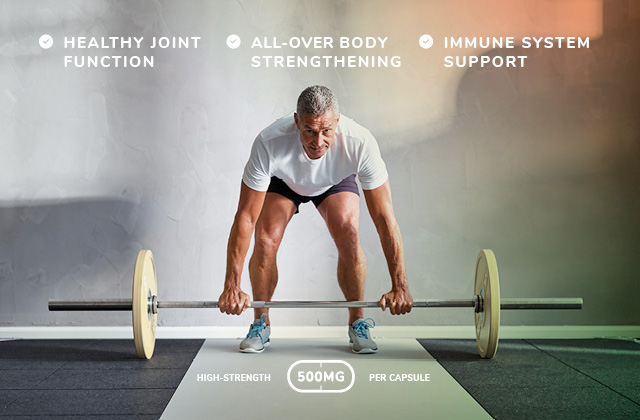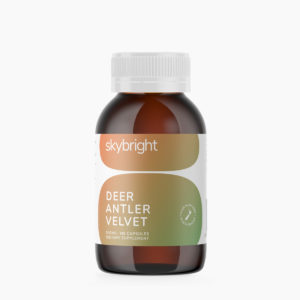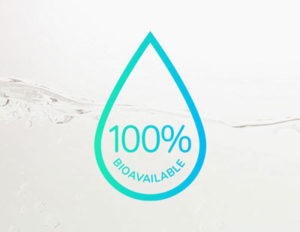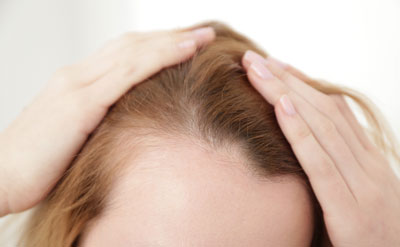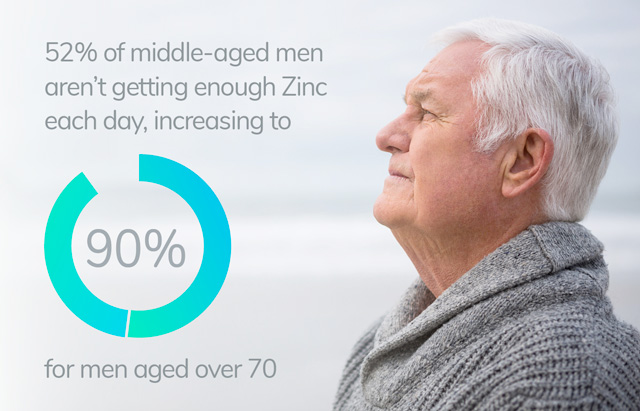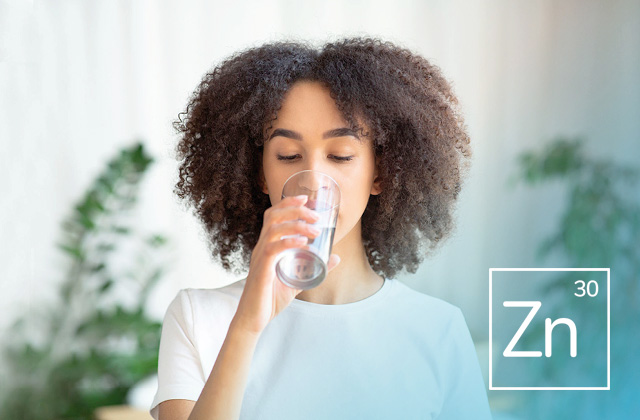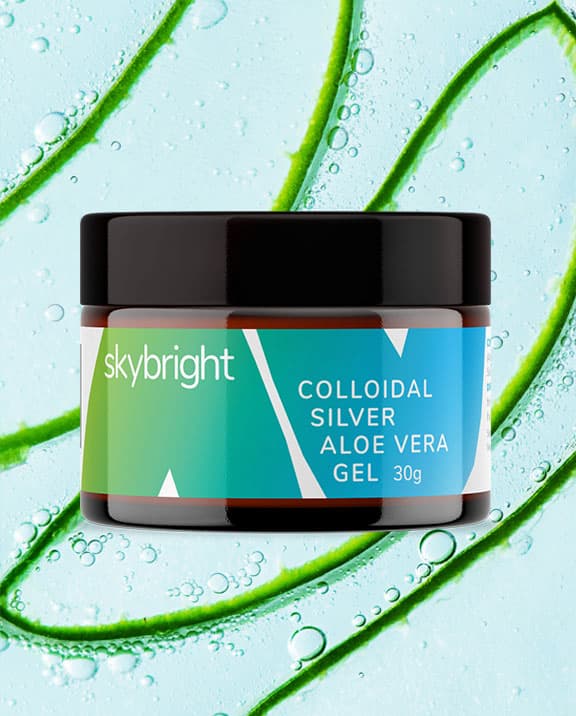
How Colloidal Silver can fight infections
Colloidal Silver is a powerful, natural antibiotic and can be used to prevent and treat common infections. It can be ingested internally, used topically for skin conditions, and commonly used as an active ingredient in creams, gels, shampoos and conditioners.
When used as directed, Colloidal Silver is safe for all ages, and when pregnant or breastfeeding.
It can also be used on pets and even plants, is non-toxic, and contains no heavy metals or interact with any medications.

How Silver works
Silver interrupts the bacteria cell’s ability to form the chemical bonds essential to its survival. These bonds form the cell’s structure, so when the bacteria encounter silver nanoparticles it literally falls apart.
It has antimicrobial properties, meaning it is antibacterial, antifungal, and antiviral. Many strains of pathogenic microbes, viruses, fungi, bacteria or any other single-celled pathogens that are resistant to other antibiotics are killed on contact by Colloidal Silver, and are unable to mutate. They are then cleared out of the body naturally by the immune system.
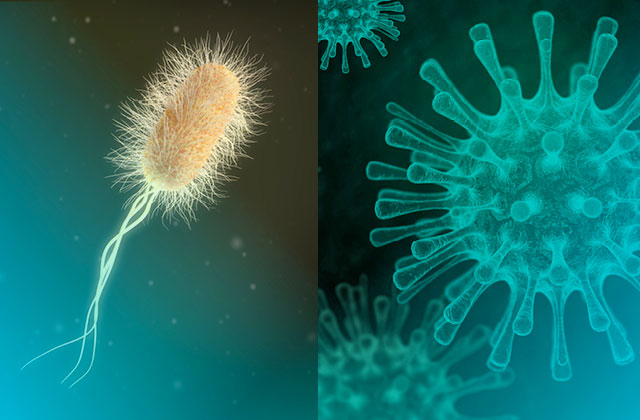
Acting as a catalyst, it disables the enzyme that one-celled bacteria, viruses and fungi need for their oxygen metabolism. They suffocate without corresponding harm occurring to human enzymes or parts of the human body chemistry. The result is the destruction of disease-causing organisms in the body and in the food.
“This is my must-have product which has protected me from colds and flu for many years.”
– Dee
The presence of Colloidal Silver near a virus, fungus, bacterium or any other single celled pathogen disables its oxygen metabolism enzyme, and within a few minutes, the pathogen suffocates and dies.
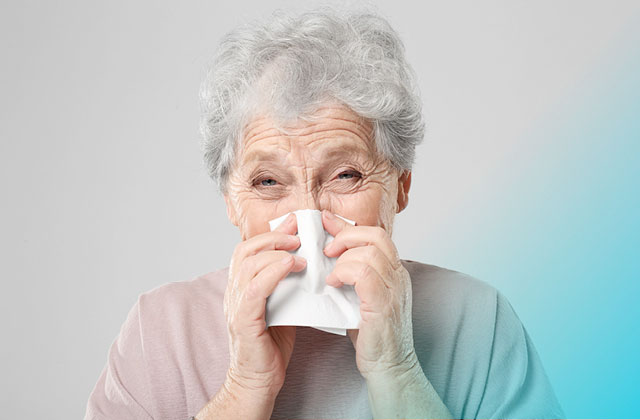
Unlike pharmaceutical antibiotics, which destroy beneficial enzymes, Colloidal Silver leaves these tissue-cell enzymes intact, as they are radically different from the enzymes of primitive single-celled life.
Colloidal Silver does not weaken the body’s immune system. In fact, it is said to give the body a second immune system, creating a shield against disease of all kinds with its antimicrobial properties.
A short history of using silver
The antibacterial properties of silver have been known for thousands of years. The ancient Phoenician, Greeks and Romans cooked from silver pots and kept wine, water, and vinegar in silver containers to keep liquids fresh. Ayurvedic, Chinese and homeopathic practitioners use silver regularly. Throughout history, aristocratic families have eaten with silver utensils, plates and cups, as it was proven to be more hygienic. This gave rise to the term ‘born with a silver spoon in your mouth’.
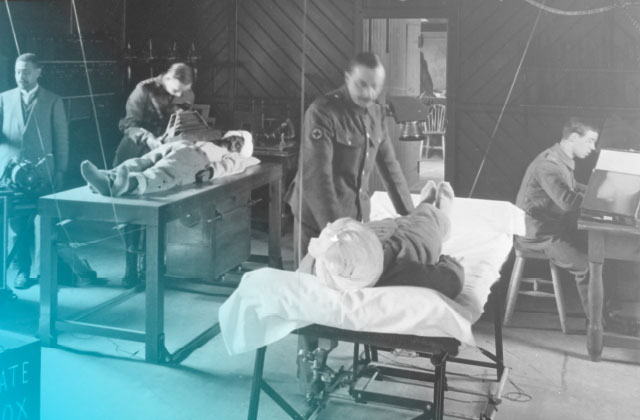
Silver has been used to heal wounds for more than a century. It was used in the First World War for dressings, as silver promotes the growth of new cells, it can to speed the healing process.
Many companies today use silver as an active ingredient in the manufacture of commercial dressings, bandages and creams, and hospitals embed silver into surgical tools, catheters, needles, stethoscopes to help eliminate infection.
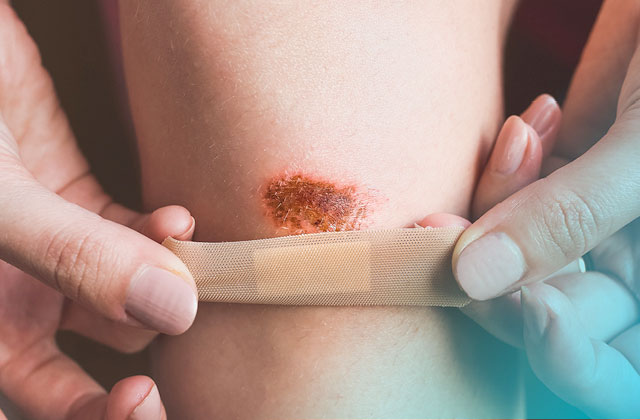
Up until the 1930’s medical doctors used Colloidal Silver extensively as an antibiotic. However, during this time the cost of producing highly effective Colloidal Silver was high, and the pharmaceutical industry was looking to more affordable and more importantly, patentable options for an expanding population.
Colloidal Silver subsequently fell out of use for a number of decades until the 1970’s when doctors rediscovered the wound healing capabilities after trying many other medicines. In the 1980’s, researchers found that bacteria, virus and fungus organisms died within minutes of contact with silver. NASA used a silver water purification system for their space shuttle.
As Colloidal Silver doesn’t sting the eyes, it often replaces chlorine in swimming pools and spa pools. Many modern airlines use silver water filters to stop the spread of waterborne diseases on aircraft.
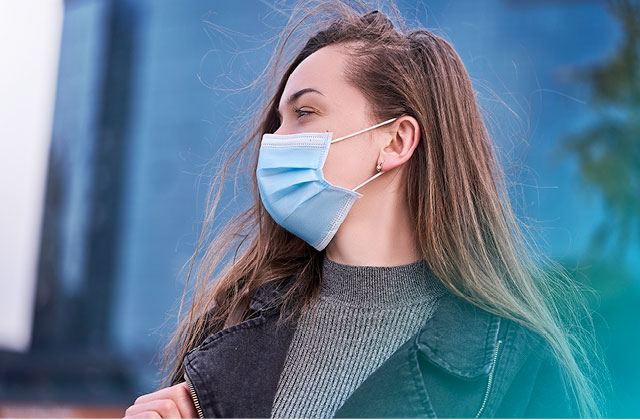
As bacteria and viruses are becoming increasingly resistant to drug therapies and antibiotics, we are now seeing a resurgence in this natural antibiotic to assist in fighting infections.
It can be taken on its own, either internally or topically or it can be added to other natural ingredients such as aloe vera, or New Zealand mānuka honey or kawakawa to further enhance their own antibacterial properties.
How Colloidal Silver is made
As silver is prohibitively expensive to apply to consumer products, research found that using nanoparticles of silver was a practical way of using the antimicrobial properties of silver to use across a range of applications.
The smaller the size of the nanoparticles the more effective it can be, as they have a larger surface area relative to their volume. They can therefore interact with more particles and increase their antibacterial activity.
Colloidal Silver is made by an electromagnetic process that extract nanoparticles of silver from a larger piece of silver into a liquid, such as water. The particles are then suspended and evenly dispersed in the water, giving it the name ‘colloidal’ silver.
These microscopic particles can then more easily penetrate and travel throughout the body, killing all types of fungal infections, bacteria and viruses, including strains that are resistant to antibiotic drugs.
“I give this to my kids as soon as they get a sniffle and within five days it’s gone. Going to have this constantly on hand”.
– Jodie
How do I take it?
Colloidal Silver can be either taken internally or applied topically to the skin. When feeling unwell or in need of an immune system boost, take 5ml of liquid three times a day for five days, then 5ml per day thereafter. Children under 8 years of age take half adult dose. This will assist your body’s natural defences against bacterial or viral infections such as colds or flu.
Always use a plastic spoon as metal affects the positive charge of the silver ions. Do not store in a refrigerator, near a magnetic field or an electronic device.
For more information, see these articles on our Resources page:
What is Colloidal Silver?
Using Colloidal Silver around the home
Disclaimer:
The information in this article is not intended as a medical prescription for any disease or illness. Nothing stated here should be considered medical advice. Use as directed. If symptoms persist, consult your healthcare professional.

